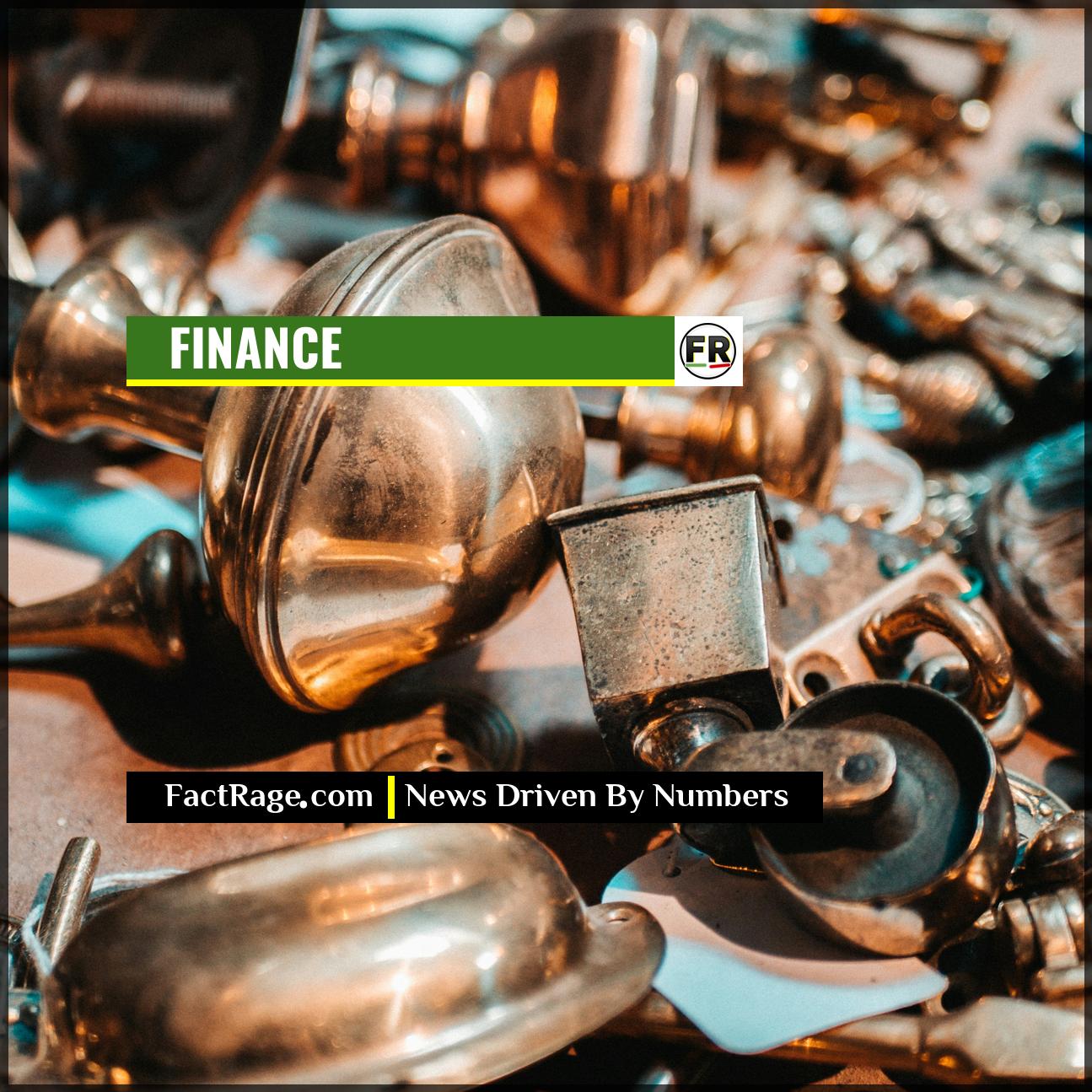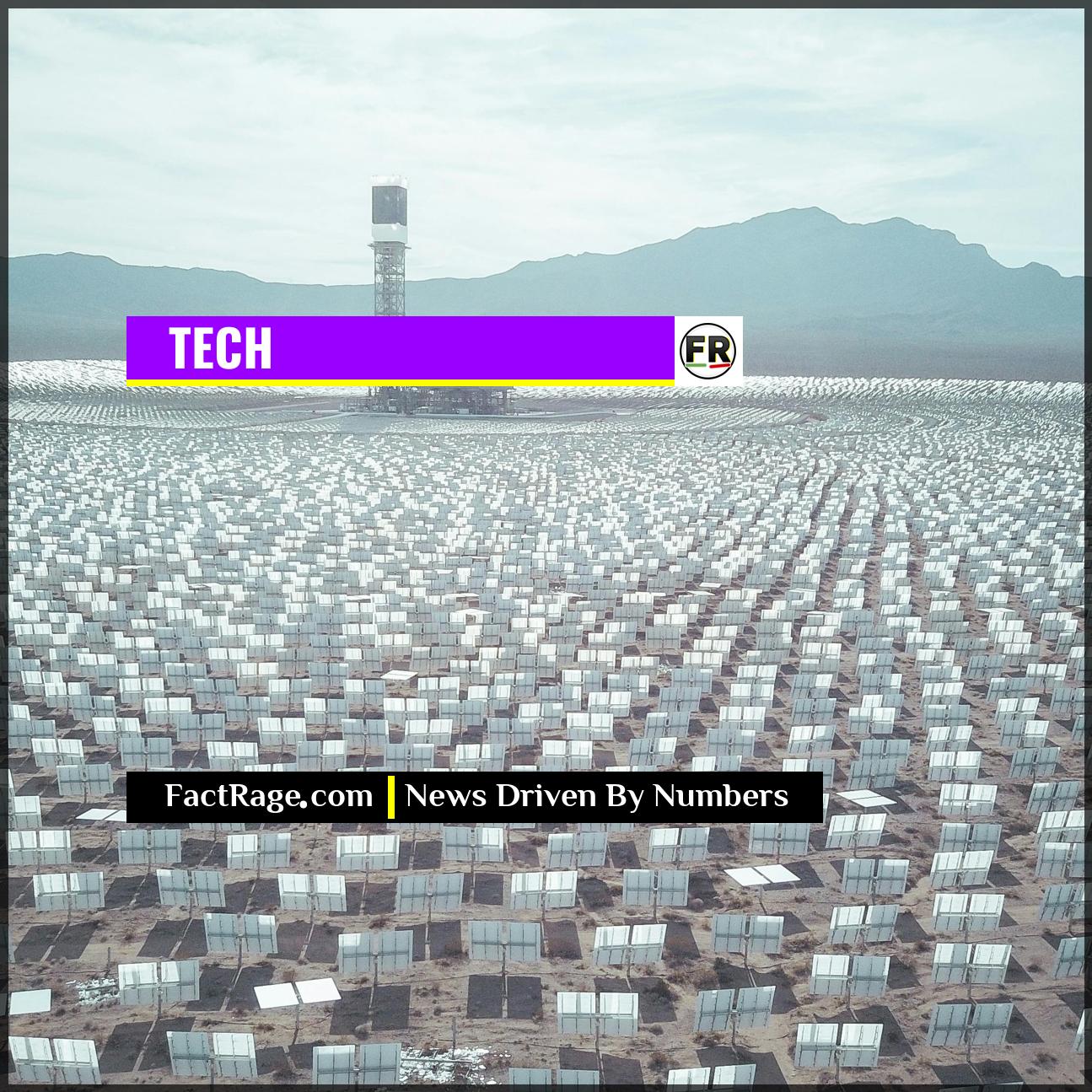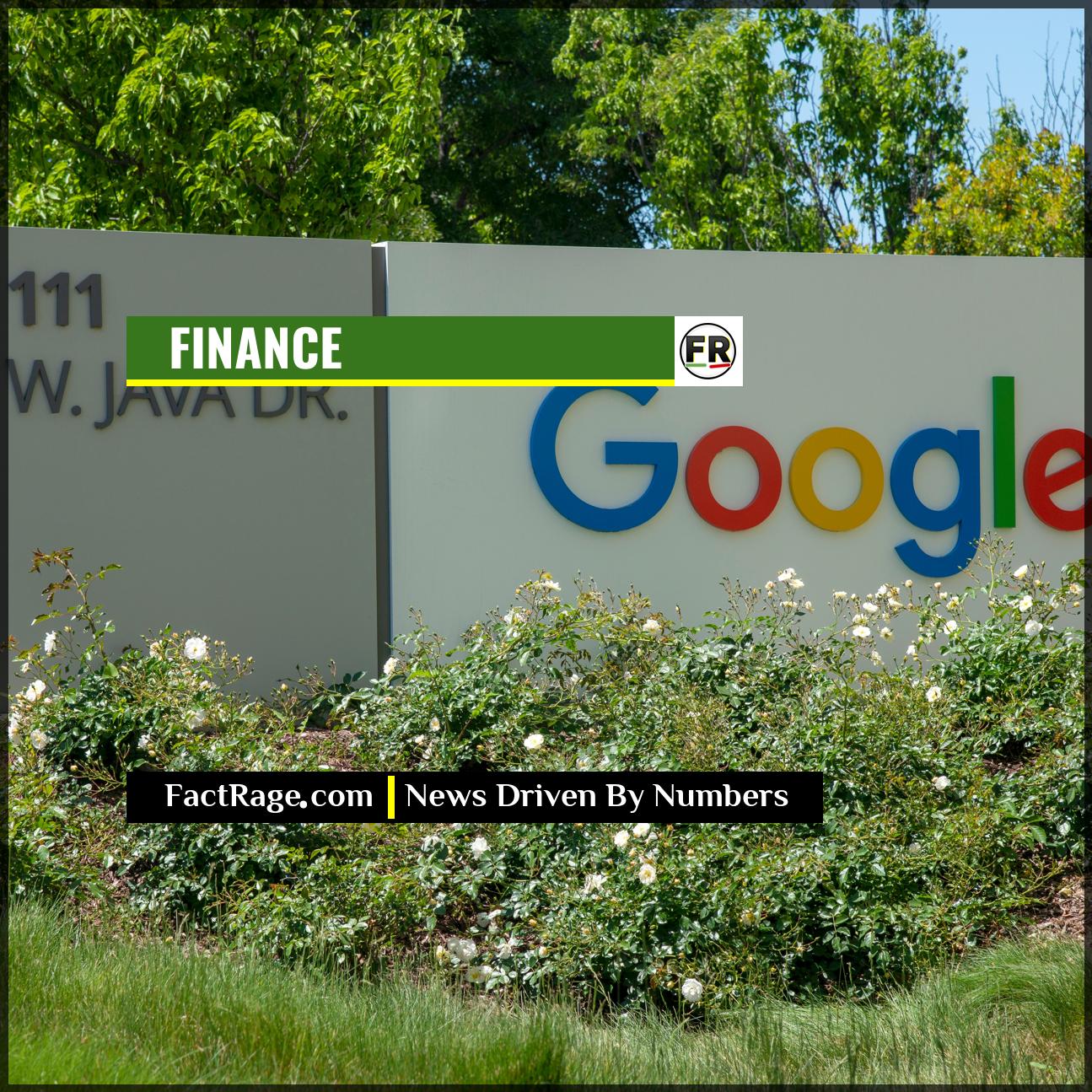FACTRAGE – The price of copper, a metal long heralded as a barometer for economic health, is currently sending complex and conflicting signals as markets weigh fears of a global manufacturing slowdown against accelerating demand from the green energy sector.
- A Key Economic Bellwether – Due to its widespread use in construction, electronics, and manufacturing, the price of copper often rises and falls in lockstep with global economic activity, earning it the nickname “Dr. Copper.”
- The Green Energy Factor – The transition to a green economy is creating a new, powerful demand for copper, as electric vehicles and renewable energy infrastructure require significantly more of the metal than their fossil-fuel-based counterparts.
- Conflicting Market Forces – Current price volatility reflects a fundamental tug-of-war between concerns over inflation and slowing industrial output, and the massive, long-term structural demand created by global decarbonization efforts.
This critical industrial metal serves as a real-time report card for the global economy, and right now, that report is showing a system under pressure from two powerful and opposing forces. Understanding these forces is key to deciphering what might come next.
Why One Number Now Tells Two Different Stories
![]() For generations, the price of copper has been a trusted, straightforward economic indicator. A rising price signaled growth; a falling price signaled a slowdown. But a new, powerful variable has been added to the equation: the global energy transition. This has turned a simple barometer into a complex puzzle, where the data points in two directions at once, demanding a higher standard of scrutiny.
For generations, the price of copper has been a trusted, straightforward economic indicator. A rising price signaled growth; a falling price signaled a slowdown. But a new, powerful variable has been added to the equation: the global energy transition. This has turned a simple barometer into a complex puzzle, where the data points in two directions at once, demanding a higher standard of scrutiny.
Read On…
Below, we dissect the data to determine which force—a cyclical slowdown or a structural green boom—is winning, and what that signals for investors and the economy.
Why One Metal Is Called ‘The PhD in Economics’

For decades, economists and investors have looked to the copper market for clues about the direction of the global economy. The reasoning is straightforward: copper is everywhere. It is the wiring in new homes and offices, the plumbing in our cities, the circuitry in our electronics, and a critical component in automobiles and industrial machinery.
When construction and manufacturing activity ramp up, demand for copper rises, and its price typically follows. Conversely, when economic activity cools, demand slackens, and the price falls. This reliable correlation earned the commodity its nickname: “Dr. Copper, the metal with a PhD in Economics.” The price on the COMEX exchange is watched as closely as official statistics, offering a real-time gauge of industrial health, particularly in major consuming nations like China. A sustained move in copper prices has historically preceded turns in the business cycle.
What Are the Opposing Forces Driving Prices Now?
The simple diagnostic power of Dr. Copper is being tested. As of mid-2025, the market is caught in a stalemate between traditional cyclical indicators and a powerful new structural trend. On one hand, persistent inflation and the higher interest rates designed to combat it are threatening to slow down global growth. Weaker manufacturing data from several key economies has put downward pressure on prices, reflecting fears of reduced demand for finished goods.
On the other hand, the global push for decarbonization has created an unprecedented new demand stream. An electric vehicle, for example, can contain over 180 pounds of copper, nearly four times as much as an internal combustion engine car. Wind turbines, solar farms, and the charging infrastructure needed to support them are all intensely copper-dependent. This has created a “green premium” for the metal. Major producers like Freeport-McMoRan Inc. are working to meet this demand, but opening new mines is a costly and lengthy process, creating a potential long-term supply constraint that supports higher prices.
What Does Copper’s Price Signal for the Future?
The central question for the market is which of these two forces will dominate. Will the cyclical downturn in manufacturing be strong enough to pull prices down, or will the structural demand from the energy transition provide a solid floor? The answer has significant implications.
If green demand consistently outweighs cyclical weakness, it may mean that copper has partially decoupled from its traditional role as a simple economic bellwether. Instead, its price may become a more nuanced indicator, reflecting not just current industrial health but also the pace and scale of global investment in green technology. Analysts are now tasked with separating the short-term economic “noise” from the long-term “signal” of the energy transition. For now, the volatile price of copper indicates an economy at a crossroads, making the diagnosis from Dr. Copper more complex, but more important than ever.
A New Equation for a Key Indicator
![]() The traditional playbook for reading copper’s price is being rewritten in real time by two powerful, opposing economic forces. The metal is no longer just a simple proxy for current industrial output; its price now incorporates the immense future demand from the global energy transition. For investors and analysts, this means the simple diagnosis from “Dr. Copper” has been replaced by a more complex, but arguably more insightful, calculation. How the market solves this new equation will offer one of the clearest views into whether our economic future will be defined by a cyclical slowdown or a structural green boom.
The traditional playbook for reading copper’s price is being rewritten in real time by two powerful, opposing economic forces. The metal is no longer just a simple proxy for current industrial output; its price now incorporates the immense future demand from the global energy transition. For investors and analysts, this means the simple diagnosis from “Dr. Copper” has been replaced by a more complex, but arguably more insightful, calculation. How the market solves this new equation will offer one of the clearest views into whether our economic future will be defined by a cyclical slowdown or a structural green boom.














